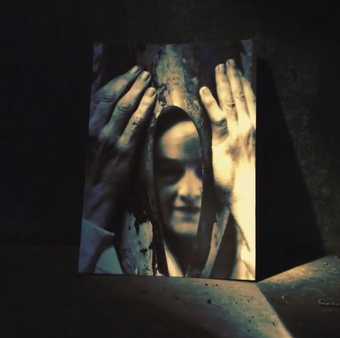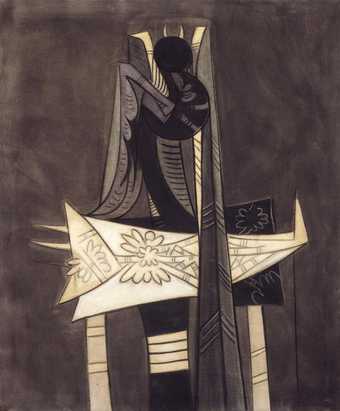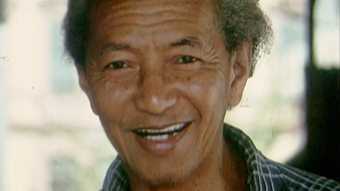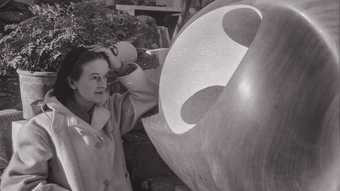Start Display: Room One
John Hegley on Matisse's The Snail 1953
Poet John Hegley on what he sees in The Snail
In the Studio: Studio Practice
Alice Proctor on Degas's Little Dancer 1880–1
Art historian Alice Proctor discusses Degas’s Little Dancer

Edgar Degas
Little Dancer Aged Fourteen
(1880–1, cast c.1922)
Tate
In The Studio: Atul Dodiya
Annette King on Mondrian's Composition B (No.II) with Red 1935
Paintings conservator Annette King discusses Mondrian's ‘plan’ for this work
In the Studio: International Surrealism
In the Studio: International Surrealism
Annette King on Dalí’s Autumnal Cannibalism 1936
Annette King, paintings conservator, on the meaning of Dalí’s title
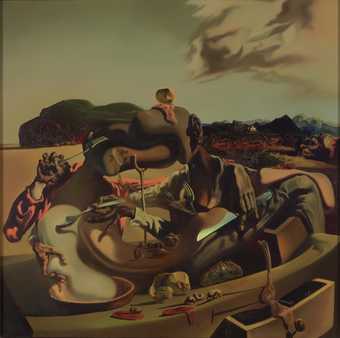
Salvador Dalí
Autumnal Cannibalism
(1936)
Tate
© Salvador Dali, Gala-Salvador Dali Foundation/DACS, London 2024
In the Studio: The Disappearing Figure
John Hegley on Richier’s Chessboard 1959
Poet John Hegley considers names for Richier’s chess pieces
In the Studio: The Disappearing Figure
Annette King on El-Salahi's Reborn Sounds of Childhood Dreams I 1961–5
Conservator Annette King explains how El-Salahi made this work
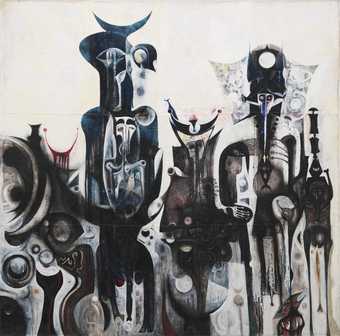
Ibrahim El-Salahi
Reborn Sounds of Childhood Dreams I
(1961–5)
Tate
In the Studio: Mark Rothko
Rachel Barker on Seagram Murals
Rachel Barker, paintings conservator, explains why the Seagram Murals were painted
Artists and Society: View from Sao Paulo
Gates Sofer on Hepworth's Oval Sculpture (No. 2) 1943
Gates Sofer, sculpture conservator, on the serenity in Hepworth’s work
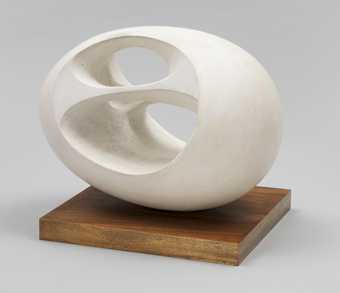
Dame Barbara Hepworth
Oval Sculpture (No. 2)
(1943, cast 1958)
Tate
Artists and Society: Civil War
Zoe Whitely on Ngwenya’s Untitled 1967
Curator Zoe Whitely discusses what Ngwenya’s work means to her

Malangatana Ngwenya
Untitled
(1967)
Tate
Artists and Society: Citizens
Zoe Whitely on Gates's Civil Tapestry 4 2011
Curator Zoe Whitely on the meaning behind Gates’s use of fire hoses


